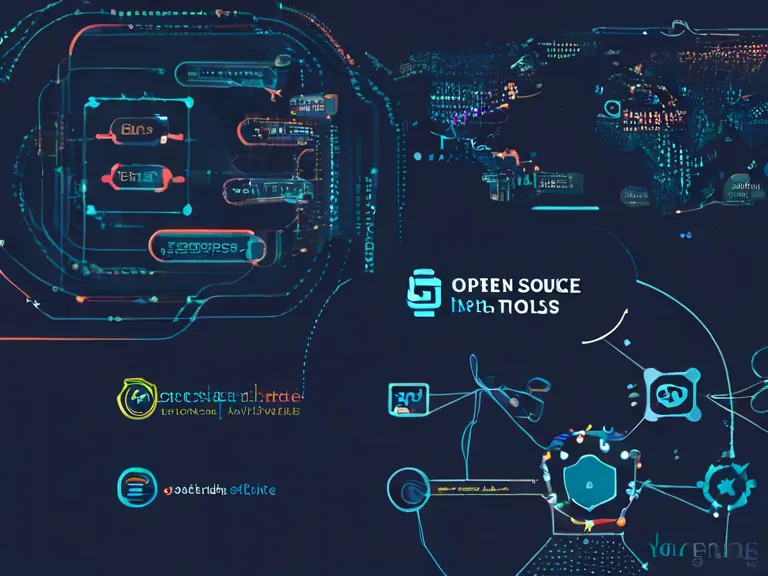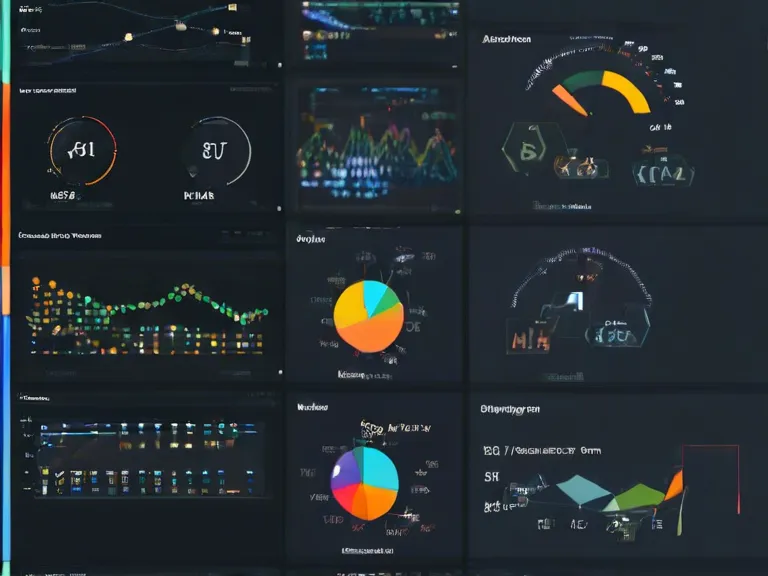
Machine learning models have the potential to revolutionize data projects, but implementing them can be a daunting task. In this article, we will discuss the steps you need to follow to successfully integrate machine learning models into your data projects.
Step 1: Define the Problem
Before diving into implementing a machine learning model, it is crucial to clearly define the problem you are trying to solve. Understanding the goal of your data project will help you select the most appropriate machine learning algorithm.
Step 2: Collect and Prepare the Data
Machine learning models rely heavily on high-quality data. Collect all relevant data sources and preprocess them to ensure they are clean and ready for analysis. This step is crucial for the success of your machine learning model.
Step 3: Select the Right Algorithm
Based on the nature of your problem and your data, choose the most suitable machine learning algorithm. Consider factors such as the type of problem (classification, regression, clustering), the size of your dataset, and the complexity of the problem.
Step 4: Train and Test the Model
Split your data into training and testing sets. Train your machine learning model on the training set and evaluate its performance on the testing set. Tweak the model and hyperparameters as needed to improve its accuracy.
Step 5: Deploy the Model
Once you have a well-performing machine learning model, it's time to deploy it into your data project. Integrate the model into your data pipelines or applications to make predictions on new data in real-time.
By following these steps and best practices, you can successfully implement machine learning models in your data projects and unlock valuable insights from your data.



